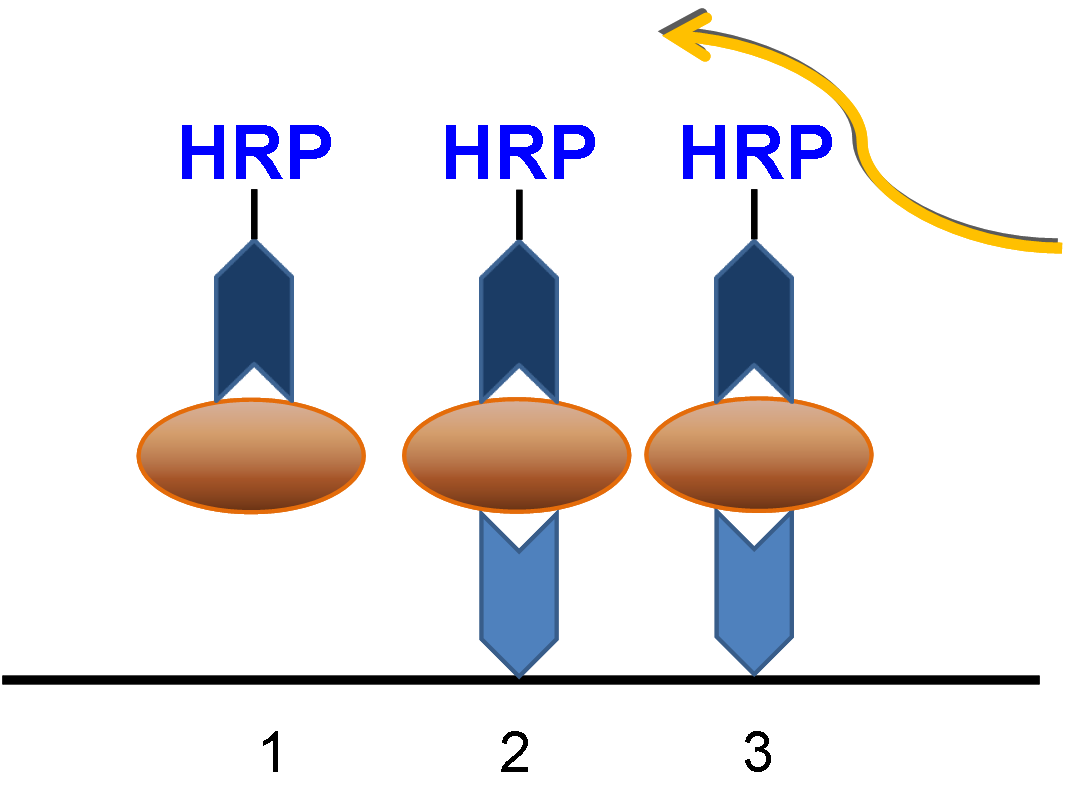Human Presepsin (PSPN, sCD14-ST) ELISA Kit (Part hPSPN-ELISA1 (96T))
|
Human Presepsin ELISA Kit (PSPN, Human PSPN)
Dynamic Assay Range: 0.03ug/ml - 9ug/ml. Sensitivity: 0.024ug/ml.
Lead Time: Approximately 1.5 weeks
Specifications
Background
Human Presepsin (PSPN, sCD14-ST ) is the receptor part of CD14, a cluster of differentiation protein, for a lipopolysaccharide binding protein complex found on the surface of myelomonocytic cells. Specifically, PSPN is the 13kDa portion at the N-terminus of CD14. However, CD14 antibodies cannot be used to detect presepsin. Presepsin is used as a biomarker to quantify how far sepsis has progressed since PSPN levels in blood increase with the amount of pathogens present as well as with the severity of sepsis because PSPN is likely secreted as a product of granulocytes performing phagocytosis.1
1. Katsuki Naitoh et al., The new sepsis marker, sCD14-ST (PRESEPSIN), induction mechanism in the rabbit sepsis models. Presentation of SEPSIS 2010.
Methods Overview:
The included ELISA micro-strip plate is provided pre-coated with an a monoclonal capture antibody selective to the antigen. Samples are pre-mixed with a biotin-linked detection antibody and streptavidin-HRP, which are then added to the plate. The plate is washed after a 60 min incubation period. Color reagents are added, resulting in a reaction with HRP that yields a blue colored solution. A stop solution is applied to terminate the reaction, and the solution is measured at 450nm.
Sandwich ELISA Methods To Presepsin 
ELISA Assay Steps
For research use only. Not for diagnostics.
Safety: Stop solution contains acid. Avoid ingestion, skin and eye contact.
Storage: 4°C. 6 months.
Shipping. Overnight domestic delivery recommended with ice pack (cost: $42 for 1-2 kits). Also avaialble for international delivery; please inquire for shipping cost.
kw: PSPN ELISA, Sepsis Assay, Presepsin ELISA, sCD14-ST
Icon Picture: Ramana, K V, et al. "Presepsin: A Novel and Potential Diagnostic Biomarker for Sepsis." American Journal of Medical and Biological Research 2.4 (2014): 97-100.
|
 Products
Products Manuals
Manuals


